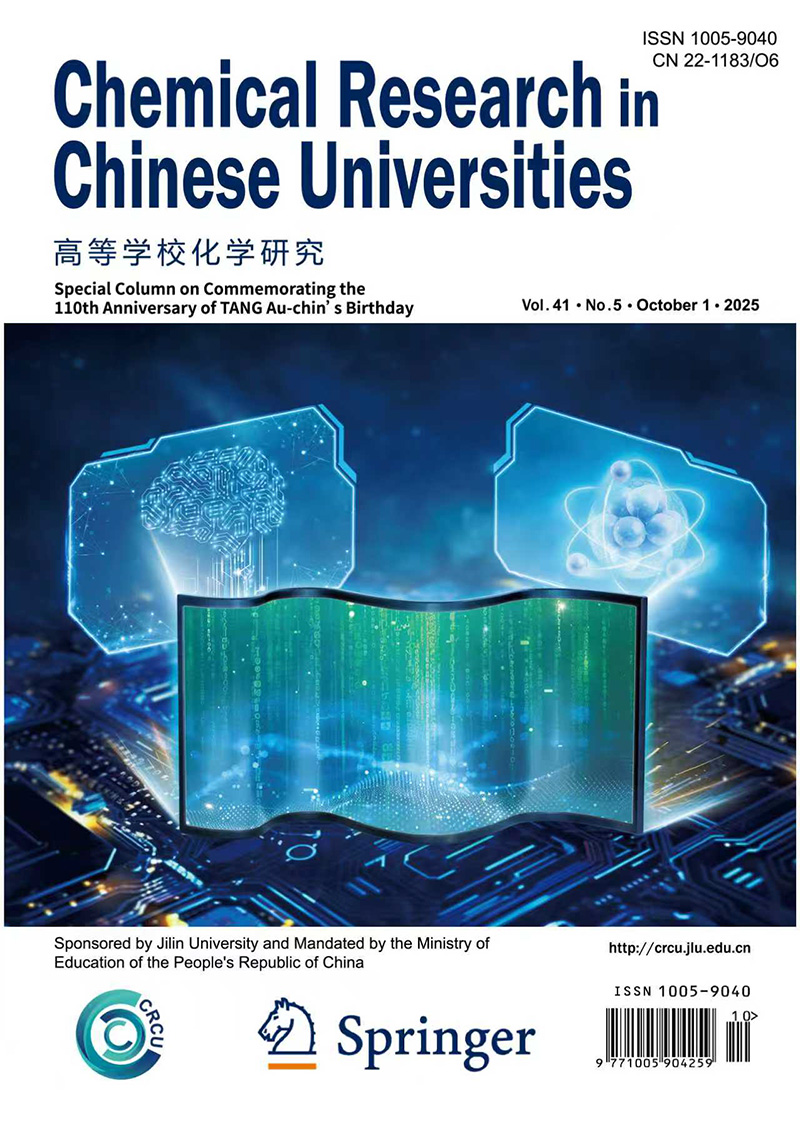Advances in Organic Two-dimensional Materials for X-Ray Detection and Their Applications in Flexible Electronics
YANG Tinghan, TAN Hongyu, REN Yiwen, WU Xianshuo, HU Suhao, DU Yuhan, SUN Lingjie, YANG Fangxu, HU Wenping
2025, 41(6):
1522-1542.
doi:10.1007/s40242-025-5238-y
 Abstract
(
)
References |
Related Articles |
Metrics
Abstract
(
)
References |
Related Articles |
Metrics
X-Ray detection and imaging are pivotal for medical diagnostics, non-destructive testing, and aerospace exploration. However, conventional inorganic detectors face intrinsic constraints in flexibility, scalability, and cost-effective manufacturing. Organic two-dimensional (2D) materials, featuring molecular tunability, mechanical softness, and solution processability, have emerged as promising alternatives for next-generation flexible X-ray detectors. This review presents a comprehensive overview of the interaction mechanisms between X-rays and organic systems, highlighting how photoelectric absorption and Compton scattering jointly determine the detection efficiency. It further delineates the critical parameters governing detector performance, including absorption cross-section, exciton dissociation, carrier transport, and defect regulation. Representative classes of organic 2D materials, such as covalent organic frameworks, conjugated polymers, small-molecule single crystals, and organic-inorganic hybrids, are analyzed in terms of their structural design, processing strategies, and synergistic optimization of absorption and transport. Various device architectures, encompassing photodiode, organic field-effect transistor (OFET), and self-powered configurations, are discussed with respect to sensitivity, radiation stability, and mechanical endurance. Finally, the review identifies persisting challenges, low X-ray absorption, ion migration, toxicity, and scalable fabrication, and explores prospective strategies involving high-Z doping, heterojunction engineering, and AI-assisted process optimization. By bridging material innovation and device integration, organic 2D systems offer a versatile and sustainable platform for developing lightweight, flexible, and high-performance X-ray detectors, paving the way toward wearable medical imaging and intelligent portable diagnostics.


